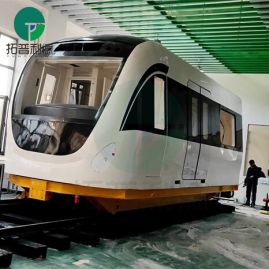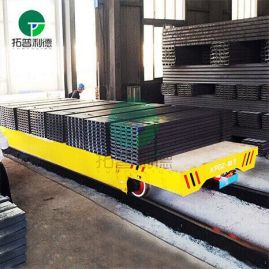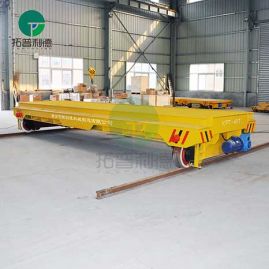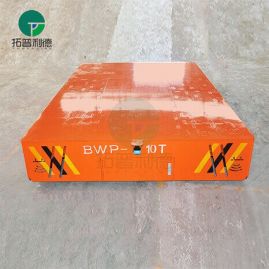A Brief Discussion On The Importance Of AGV Anti Collision Strips
Automatic guided vehicle (AGV) technology provides assistance for the intelligent transformation and upgrading of enterprise production, logistics and other operating processes. In an AGV unmanned operating environment, people are most concerned about the safety of automated product operations.
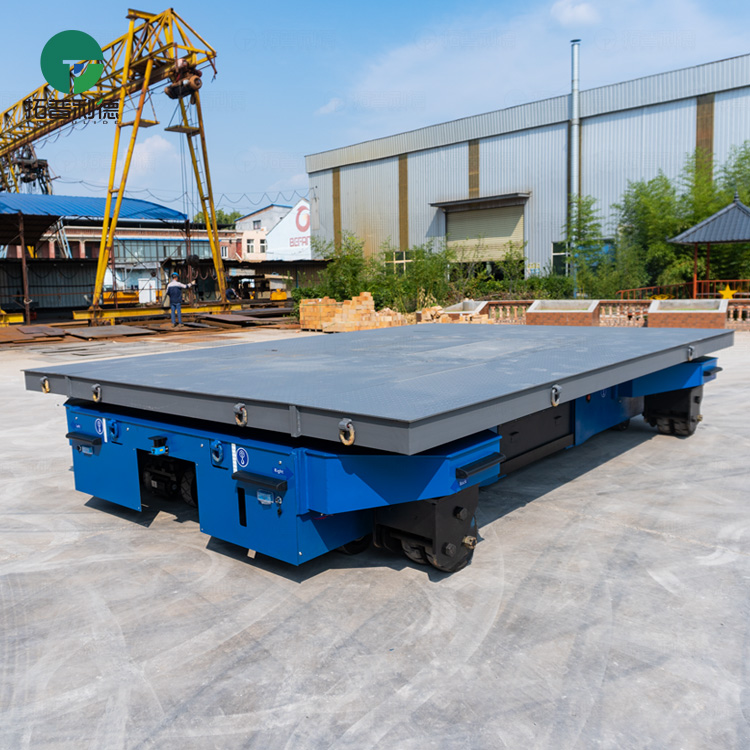
Various safety sensors such as anti-collision radar vision cameras and other technologies are installed on the AGV body to realize the safe operation of AGV. In addition, in order to better protect the AGV in operation, when engineers design the cart body, they usually install a row of rubber anti-collision strips on the outside of the AGV cart body. This is the last line of defense for the AGV during the avoidance process, so the anti-collision strips The bumper has become a basic safety configuration of the AGV body and is widely used to protect the safe operation of the AGV.
The AGV anti-collision bar is a safety contact switch that achieves signal output through slight contact and collision to control the AGV moving body. Contact switches can provide maximum safety and avoid danger. Even a slight impact can trigger a reaction and thus play a protective role. When the AGV body is squeezed from the outside or touches the edge of a component, these flexible safety edge switches will be pressed and send signals to the power source to stop the movement of these components. Most of the anti-collision strips are designed and installed around the perimeter of the AGV body to form a safety edge zone.
The cost of anti-collision strips in the AGV cart body is not too high, and the mechanical principle of this simple contact switch is not complicated. The main performance is reflected in the production process, materials and sensing method design, which forms a problem with product sensitivity, Standard requirements for high and low temperature resistance, safety performance, etc. The outer diameter and length of the anti-collision strips vary, and they can be straight or curved, making them highly flexible.
Anti-collision strips have a wide range of functions and values, and the AGV body anti-collision application is only one of them. For example, the use of anti-collision strips to protect electric aerial work vehicles from collision is most commonly used in various automatic doors, industrial doors, etc. Anti-collision strips are reliable anti-collision devices for AGVs. Correct selection and design will play a key role in the anti-collision performance of the automatic guided vehicle body.


